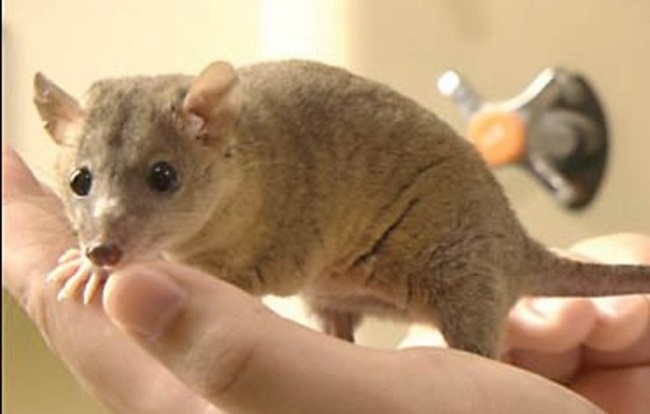
If you are willing to commit at least one-half hour per day to training your pocket pet, you may be surprised by how much your small rodent can learn. Rats are by far the easiest and most responsive pocket pets to train. They are social creatures and quickly learn to trust people. Gerbils are probably next on the list; they are naturally curious and respond well to human attention. Hamsters are often the most difficult pocket pets to get to know.
There is one way to win over all but the most standoffish rodent. With a bag full of treats you can teach your pocket pet many fun tricks or just make friends. Try to pick a light treat, like puffed rice, instead of sesame seeds, because you may have to bribe your pet with lots of this food. You’ll get the best results if you single out a treat he really likes and use it only as a reward for learned behavior.
Many small rodents are nocturnal creatures, and you may find that your pet is most active in the evening. Make a note of the times when your pet is most awake and alert, for these will be the best times for you to approach him. Hamsters, gerbils, and rats rely on their sense of smell to recognize other animals. Your pet will come to recognize your smell and your voice if you speak to him softly and smoothly when you feed him or clean his cage. Give him time to wake up and get out of his nest before you open the cage. You can score points with your pocket pet by allowing him to approach you on his level. Rest your hand on the floor of his cage before you try to pick him up. Let him smell you and encourage him to step on your hand by placing a treat on your upturned palm. After he appears comfortable feeding off your palm, try raising your hand a few inches off the cage floor.
When you are ready to take your rodent out of his cage, cup your free hand firmly over his body to form a little cave over the hand supporting his weight. Lift him out of the cage and hold him close to your body so that he will feel secure. You should stay seated on the floor while you first handle your pet. He will feel more confident if you are not moving or swaying, and if he jumps or falls to the ground, he won’t suffer any harm. Carefully remove your top hand and allow your pet to explore your arms.
Many gerbils and rats can learn to perch on their owner’s shoulders. Try to tempt your pet up your sleeve to your shoulder by placing a treat where you would like him to sit. If he doesn’t climb up on his own, set your pet on your shoulder for short intervals of time until he gets used to being up there. Distract him with a treat, praise him for sitting quietly, and take him off your shoulder as soon as he starts to get antsy and wants to climb down. With practice he should grow comfortable sitting calmly on your shoulder, and you will be able to try walking slowly.
You can start to train your rat with a complex trick like fetch by rewarding him when he completes any motion that approaches the desired response. For example, if you want your rat to return a ball you’ve thrown to him, first roll the ball toward him. If he does anything at all with the ball you’ve tossed – touches it with his nose or picks it up and drops it, etc.- reward him with a treat. Repeat your throw. Soon your pet will learn that you will give him a treat if he touches the ball. Once he knows this, start rewarding him only if he picks up the ball. Then reward him only if he picks up the ball and takes one step in your direction, and so on. Practice this trick frequently but don’t let your rat keep the ball in his house. Let him know that it is your toy and can only be played with when you are around.
The most important component of your relationship is trust. Never do anything to undermine the trust you build while training no matter how displeased you are. Never strike or punish in any physical way; if he gets excited and bites, speak firmly in a disapproving voice. Say “No” and place the animal back in his cage for about an hour or until he calms down. Only then should you approach your animal again.
Related Articles & Free Email Newsletter Sign Up
Guinea Pig Bathing Guide: When and How to Keep Your Furry Friend Clean
How to Create an Agility Course for Your Hamster


Comment here